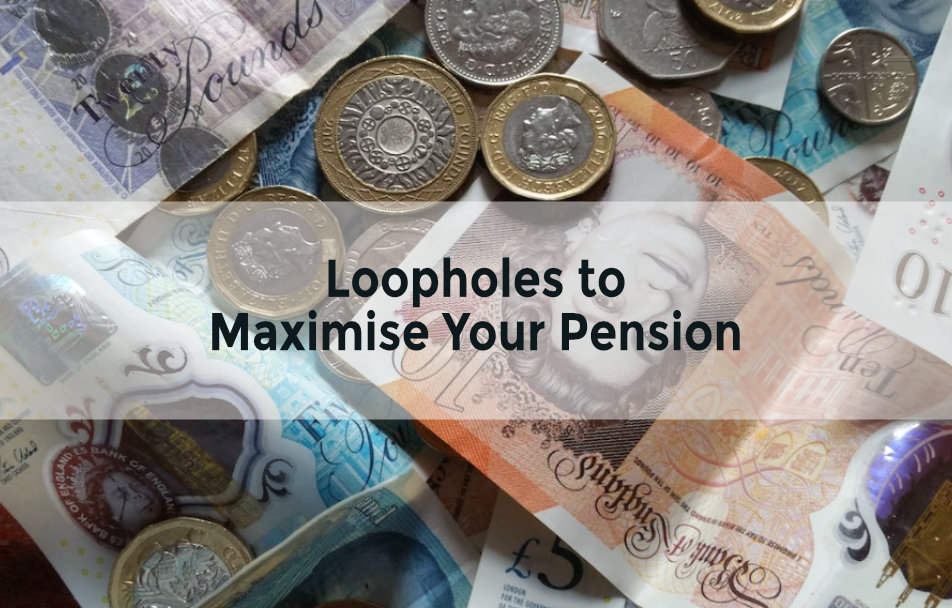Try these loopholes to maximise your pension
Immediately you withdraw the money. The first 25% (£1,000) is tax-free, with the rest taxed as income. If you paid 20% tax on £3,000, that would be £600, still giving you a clear £200 for your time and effort.
You can do this every year as as long as your earnings qualify. A married couple would get double for their time.
£2,880 into a pension and the taxman tops it up to £3,600 which immediately is a £720 boost. The £3,600 Gross amount is the most a non-earner can pay into a pension each tax year.
They withdraw the money immediately, keeping the £720 increase. As they are non rate tax payers, the amount falls below the annual tax free allowance of £11,500.
They immediately give the £3,600 back to husband. There are no tax implications in doing so because they are married. He then invests the £3,600 into his pension. That immediately gets boosted by the 20% rebate, which is £900, giving a total of £4,500.
As a higher-rate taxpayer, the husband can claim back a further 20% which gives a total of 40% through their tax return, netting another £900. Hence an initial £2,880 has attracted tax benefits worth £2,520, or a boost of 88%.
It works best when one spouse is a high earner paying 40% tax, but if the earner is only a basic-rate taxpayer the couple would still end up being able to contribute £4,500 to a pension based on their own, initial contribution of just £2,880.
And if neither earns at all they can still benefit. One spouse pays in £2,880 to attract the 20% benefit, giving rise to the maximum £3,600 annual allowance, then withdraw the £2,880 and pass this to their spouse to do the same. Because they are both non-earners, that is the most they can each put in. But each still benefits from a £720 uplift – in total a return on the original £2,880 invested of £1,440. This can be done year on year.
You pay £24,000 into a pension. This is boosted to £30,000 by the 20% tax relief. You can only contribute up to 100% of your eanings.
You immediately withdraw the pension under what are known as “trivial commutation” rules.
You get 25% of the fund tax free. The remaining £22,500, reduced by your £10,500 personal allowance, gives rise to a tax bill of £2,200 – hence the benefit of £3,800. You can use this loophole once only so try and time when your income has dropped and you have a fresh personal allowance.
You too need to put £8,000 into three into three separate pensions each receiving the further £2,000 in tax relief.
You then withdraw the money from all three, relying on another pension rule called the “small pot” commutation rule to get the money out. The tax situation works the same as above.




Recent Comments